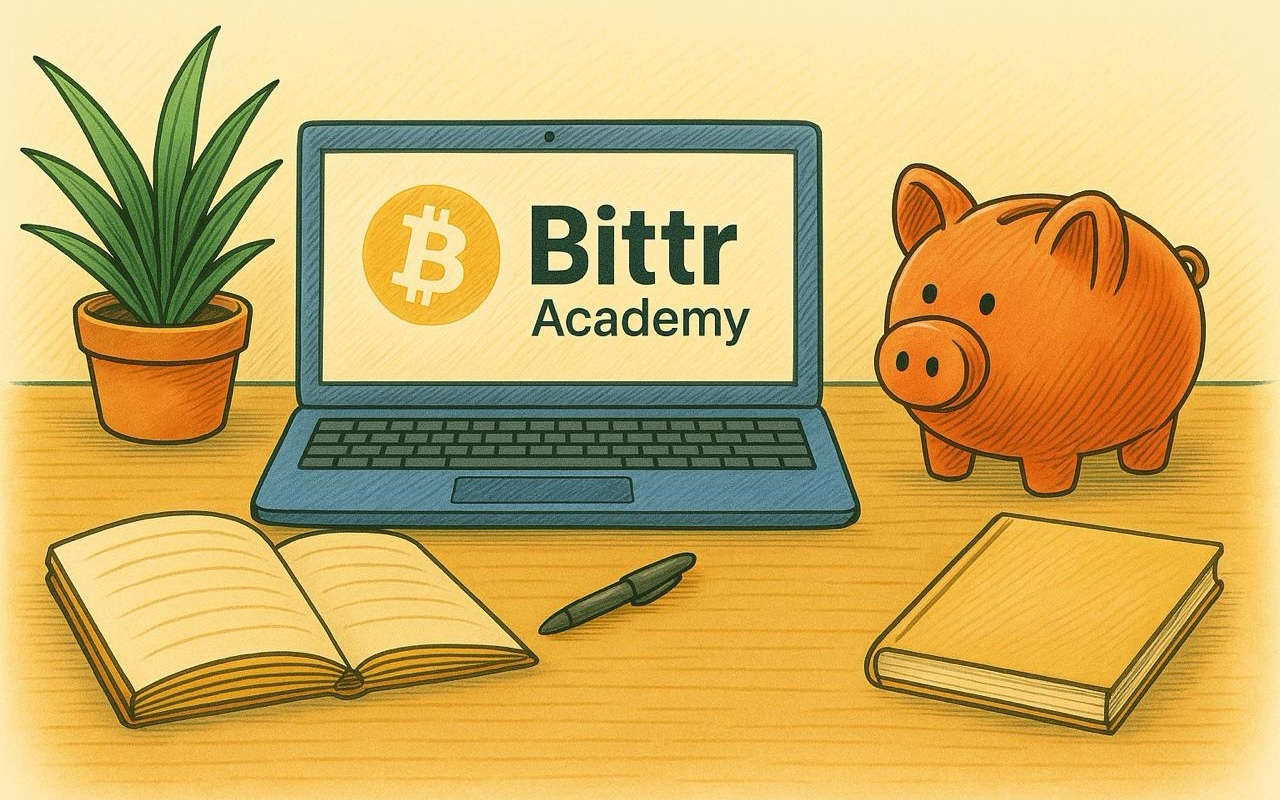
Despite miners earning more in transaction fees than ever before, we occasionally encounter empty blocks. This seems counterintuitive, doesn’t it?

An empty block, in essence, contains only the Coinbase transaction - the process that generates new coins. An empty block would thus look like this:

How does bitcoin mining work?
Bitcoin mining involves creating hashes, better understood as “guessing numbers” rather than “solving complex mathematical puzzles”. Each block includes a nonce (which stands for “Number Used Once”), which miners alter to generate different hashes. When a valid hash is discovered, the miner (be it an individual or a mining pool) announces this new block to the network. Other miners, upon recognizing a valid block, shift their focus to finding the next block.
The Role of Mining Pools
Despite the economic incentive to mine full blocks due to rising fees, empty blocks emerge occasionally. In pooled mining, the pool sends a block template based on the previous block’s hash to its miners. Since time is critical in mining, pools initially dispatch an empty block template: a smaller data package than a full block template. The full template, including transactions, follows shortly after, usually within 1 to 2 seconds. This strategy grants the pool a slight head start in hashing.
However, if a miner finds a new block within those few seconds (remember, the average block time is 10 minutes), that block is likely to be empty. Given that the block reward alone can be profitable, miners have an incentive to continue this approach, as long as the block reward remains a significant portion of their earnings.
As long as the block reward is a significant portion of the miner’s profit, he is incentivized to remain with the strategy of mining empty blocks. Understanding these dynamics sheds light on why, despite the potential for higher earnings from transaction fees, miners and pools might still produce empty blocks.




